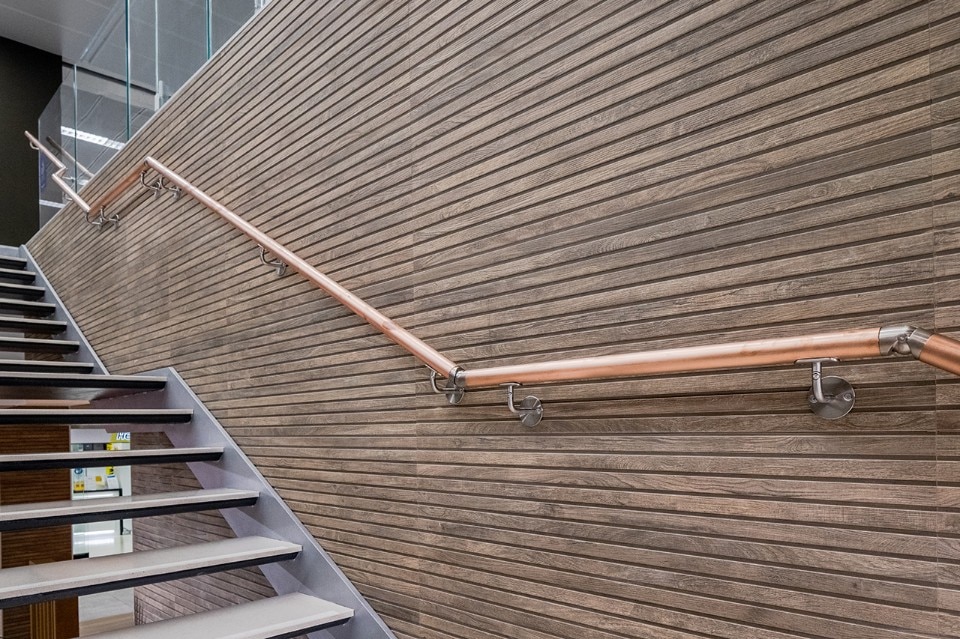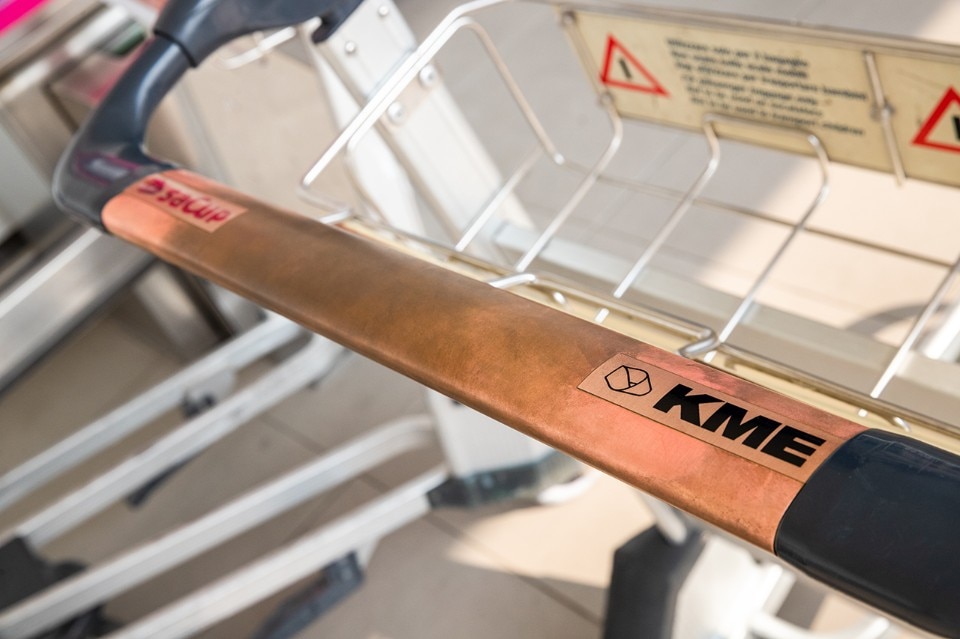"Lifetime protection. Copper Design Recommendations": a document promoted by the Copper Action Hub and realised with the art direction of CRA – Carlo Ratti Associati, which illustrates how copper can be used to improve safety, comfort, and social sustainability in high-traffic environments.
Copper has always been considered a material of great value, a premium material. It has been a constant from antiquity to the modern age: it was used in roofing, sculpture, for bells, in the construction of ship hulls and much more. With the industrial revolution, its demand increased considerably, as it can boast the best electrical conductivity in nature (with the exception of a few expensive materials). In contemporary times, however, it stands out for its circularity and sustainability. And in the pandemic and post-pandemic era, given its antimicrobial properties, it has won further new spaces.
The history of copper and its many aspects are described in the recent publication 'Lifetime protection. Recommendations for copper design', a document that illustrates the potential of copper in the architectural field: it is a material that can improve safety, comfort, environmental and social sustainability in high-traffic environments. This reading is intended for all those interested in the concrete applications of copper in design, from architects to administrative managers. Indeed, it offers its greatest benefits in terms of safety in public contexts such as schools, hospitals, canteens, healthcare facilities, public offices or means of transport.
The publication, whose art direction is by CRA - Carlo Ratti Associati, is divided into three main sections. The first serves to provide basic information on the material: its life cycle, its chemical and physical properties, its possible applications and its advantages in terms of economic, social and environmental sustainability. The second chapter includes a series of international projects, of different sizes and types, in which copper has been successfully used. The last part is designed as a sort of operational vademecum, with project recommendations and useful proposals to make the most of copper's potential.
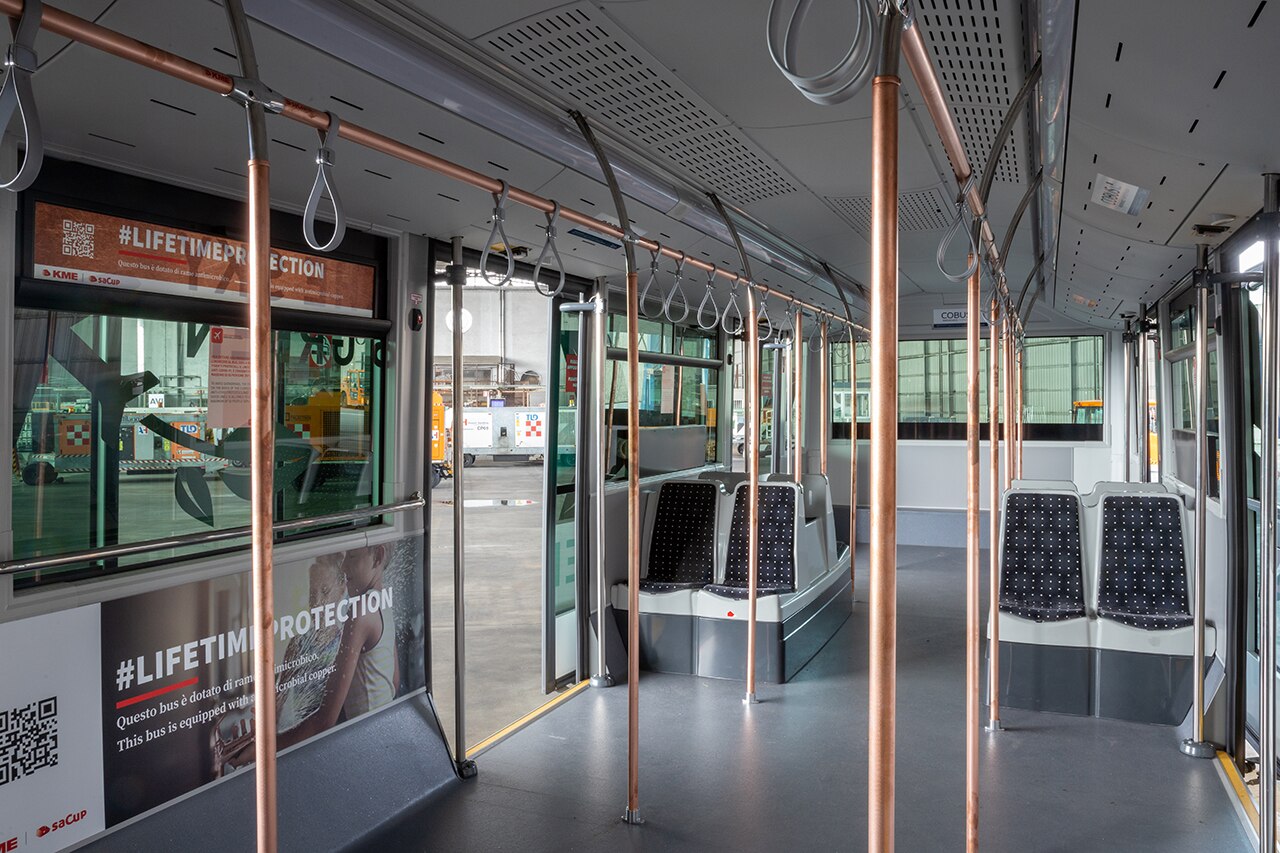
 View gallery
View gallery
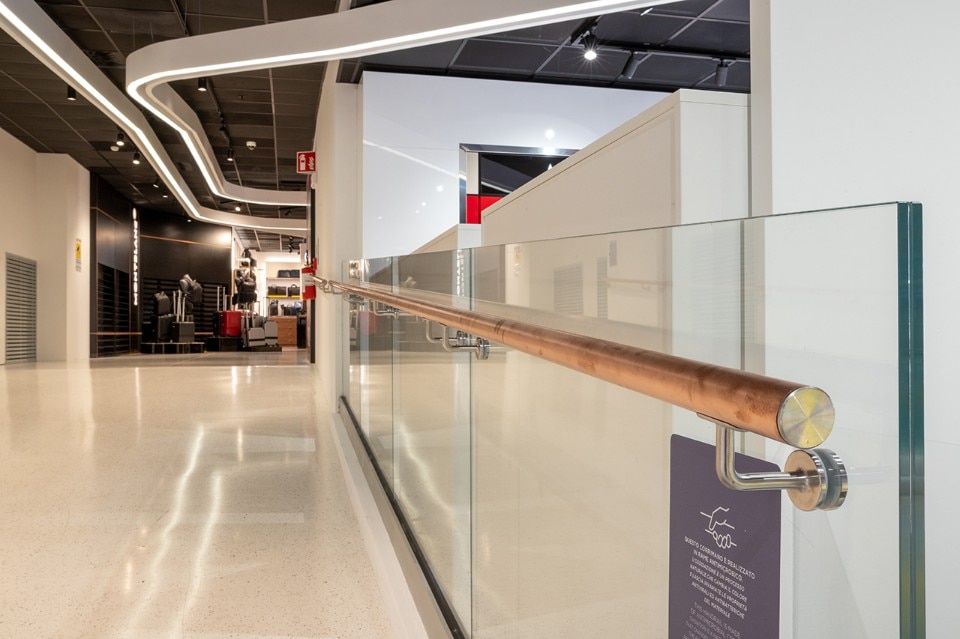
SaCup copper antiviral product line by KME in the new Milan Linate project
Foto Roberto Conte
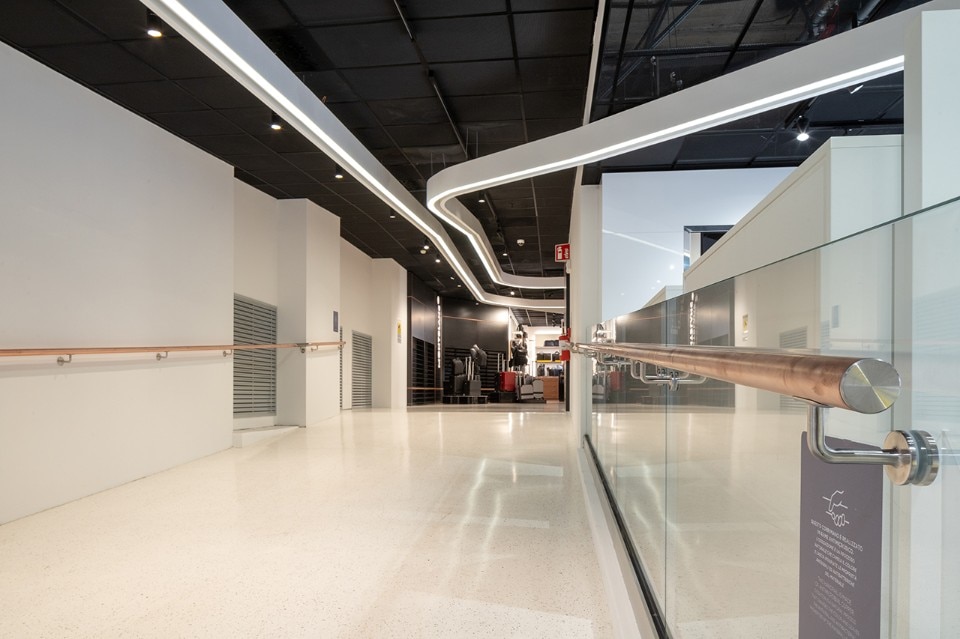
SaCup copper antiviral product line by KME in the new Milan Linate project
Foto Roberto Conte
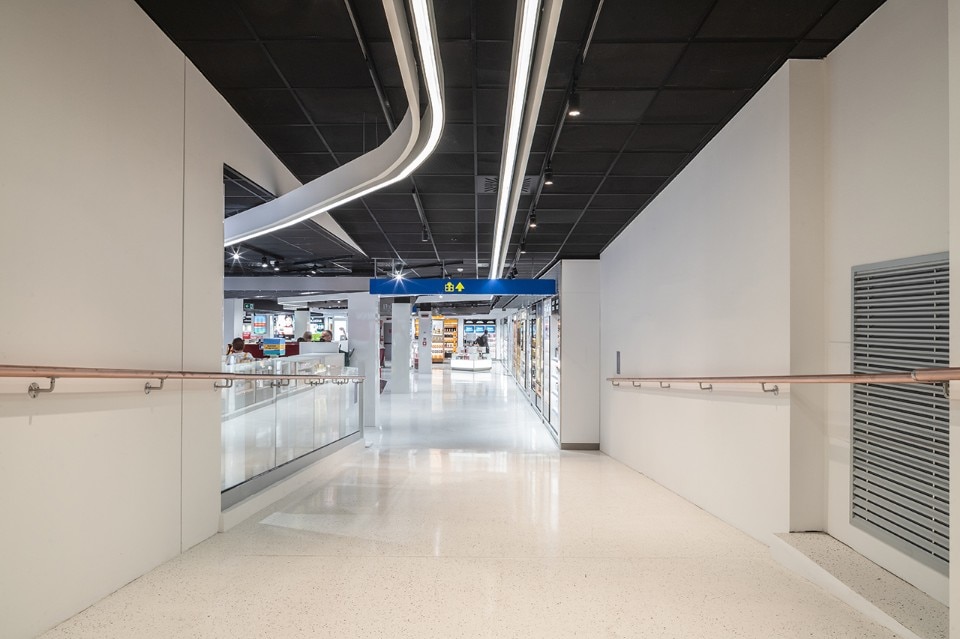
SaCup copper antiviral product line by KME in the new Milan Linate project
Foto Roberto Conte
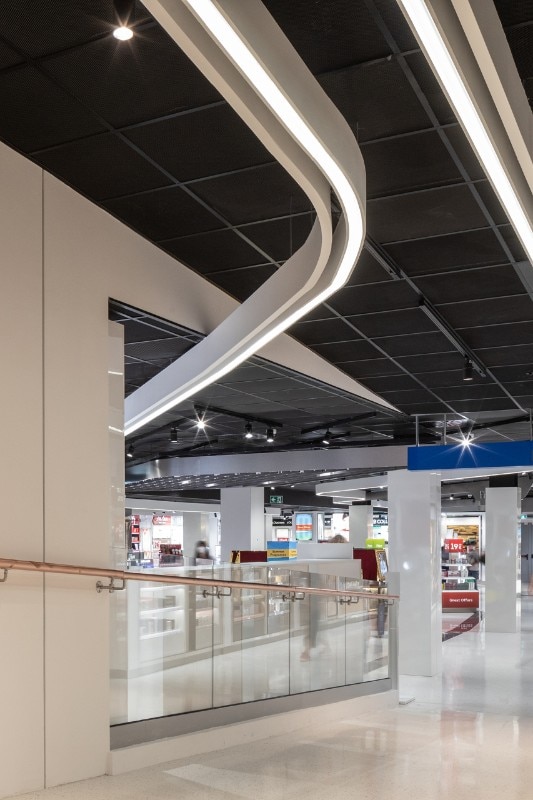
SaCup copper antiviral product line by KME in the new Milan Linate project
Foto Roberto Conte
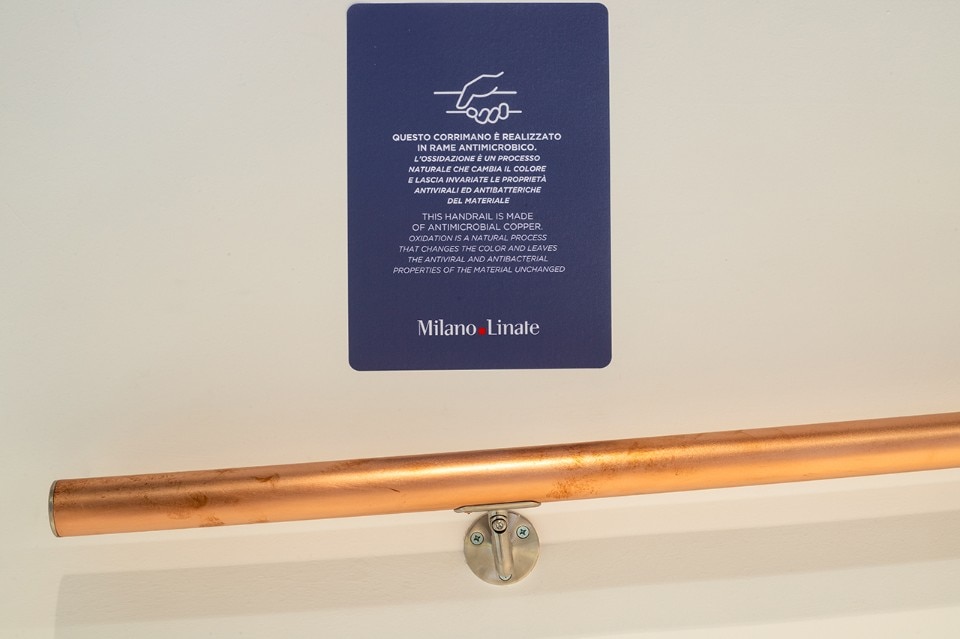
SaCup copper antiviral product line by KME in the new Milan Linate project
Foto Roberto Conte
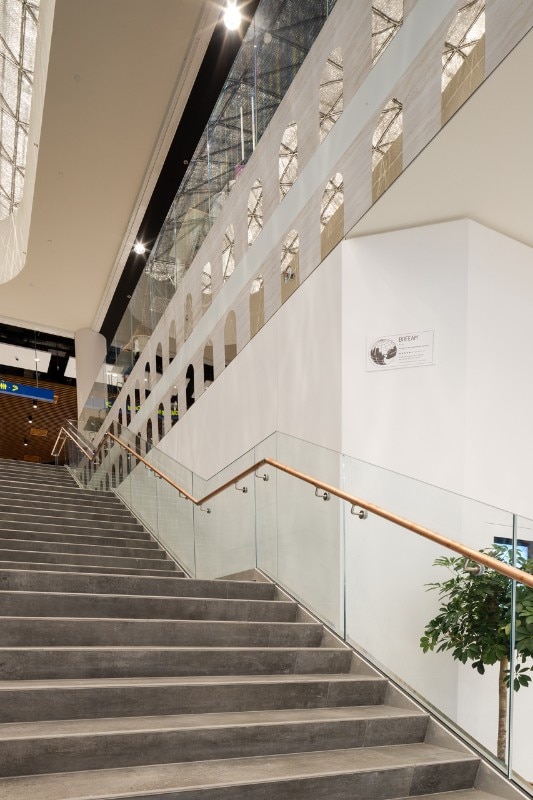
SaCup copper antiviral product line by KME in the new Milan Linate project
Foto Roberto Conte
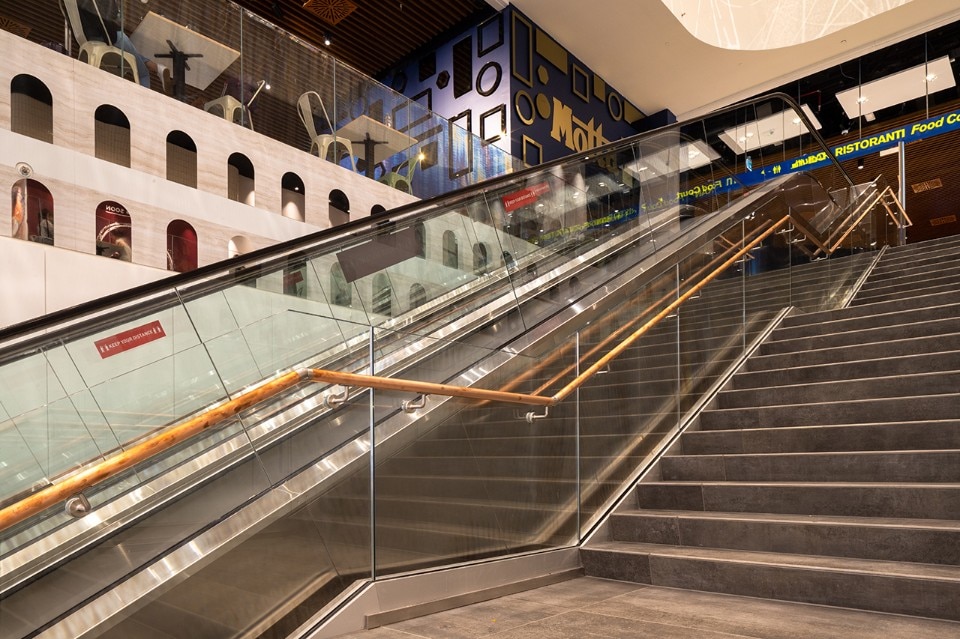
SaCup copper antiviral product line by KME in the new Milan Linate project
Foto Roberto Conte
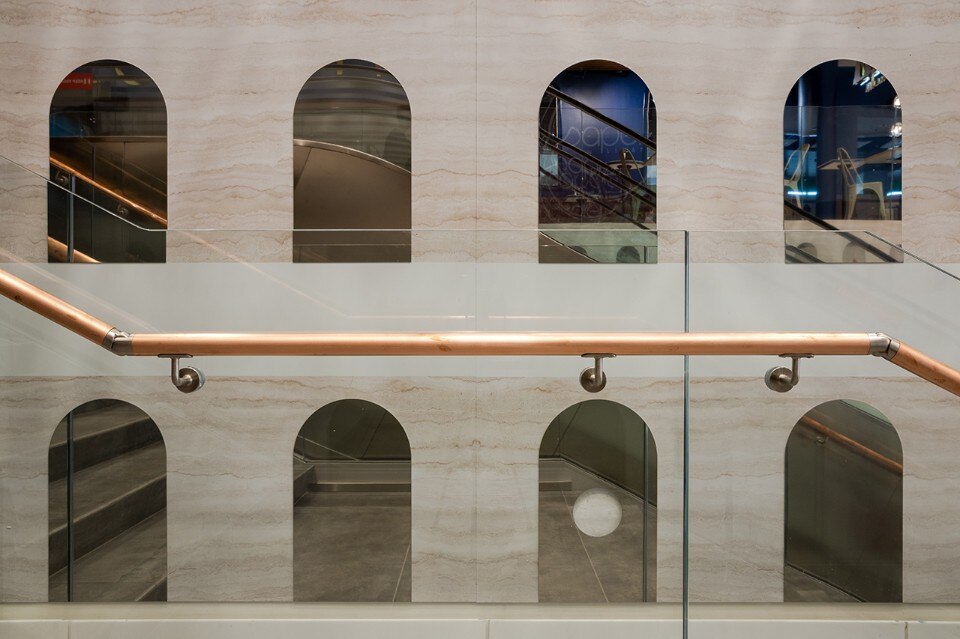
SaCup copper antiviral product line by KME in the new Milan Linate project
Foto Roberto Conte
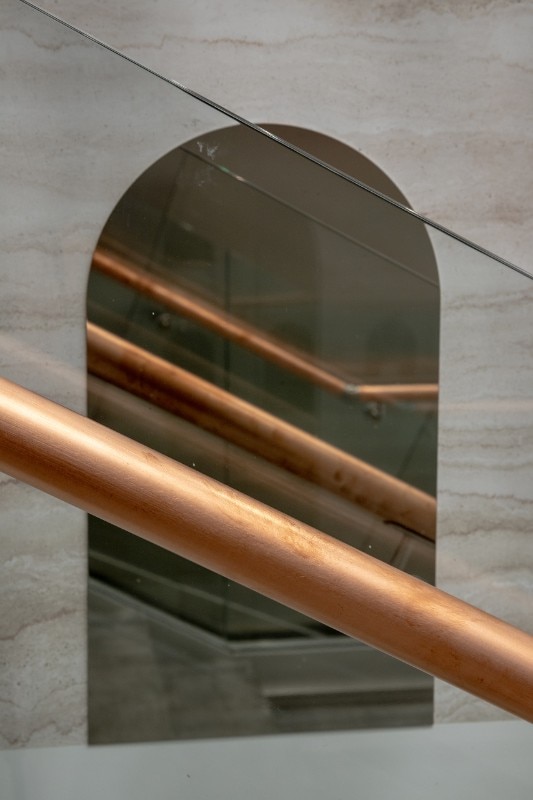
SaCup copper antiviral product line by KME in the new Milan Linate project
Foto Roberto Conte
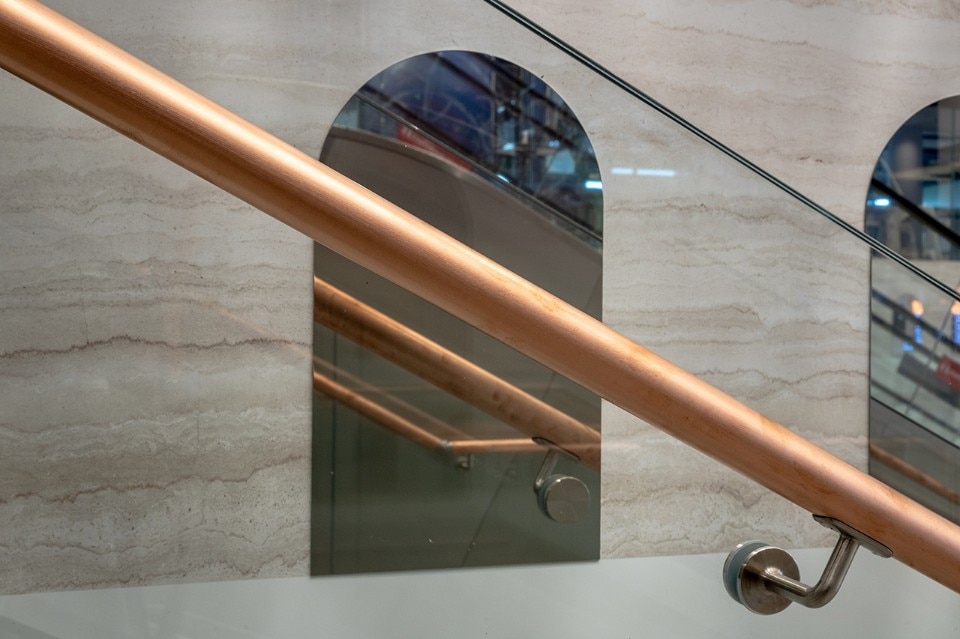
SaCup copper antiviral product line by KME in the new Milan Linate project
Foto Roberto Conte
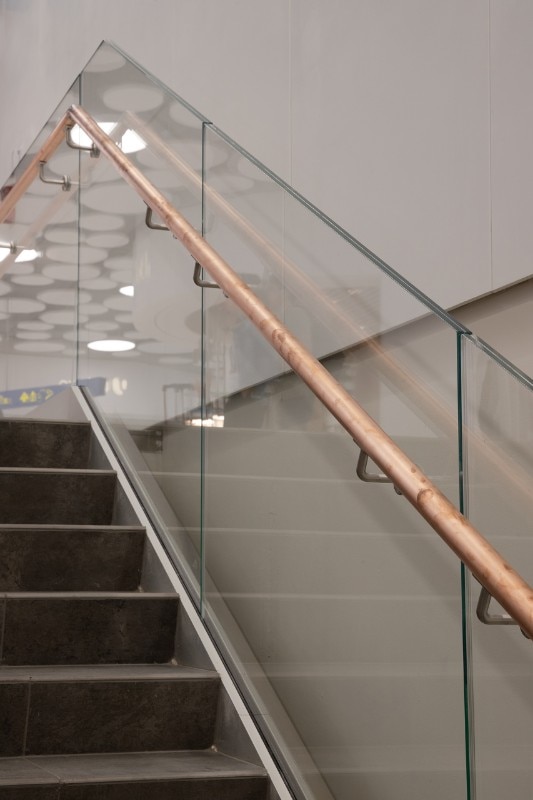
SaCup copper antiviral product line by KME in the new Milan Linate project
Foto Roberto Conte
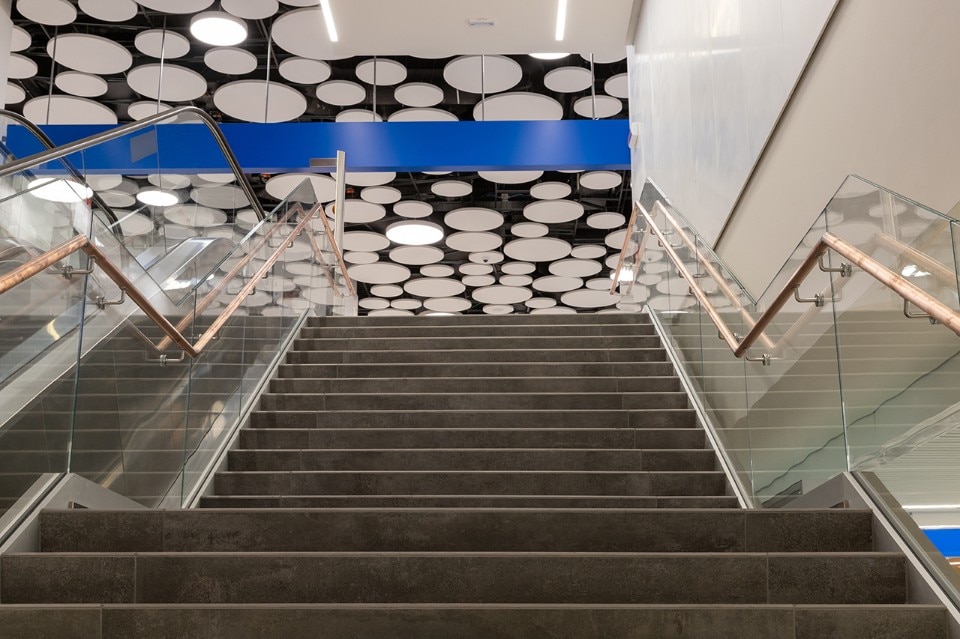
SaCup copper antiviral product line by KME in the new Milan Linate project
Foto Roberto Conte
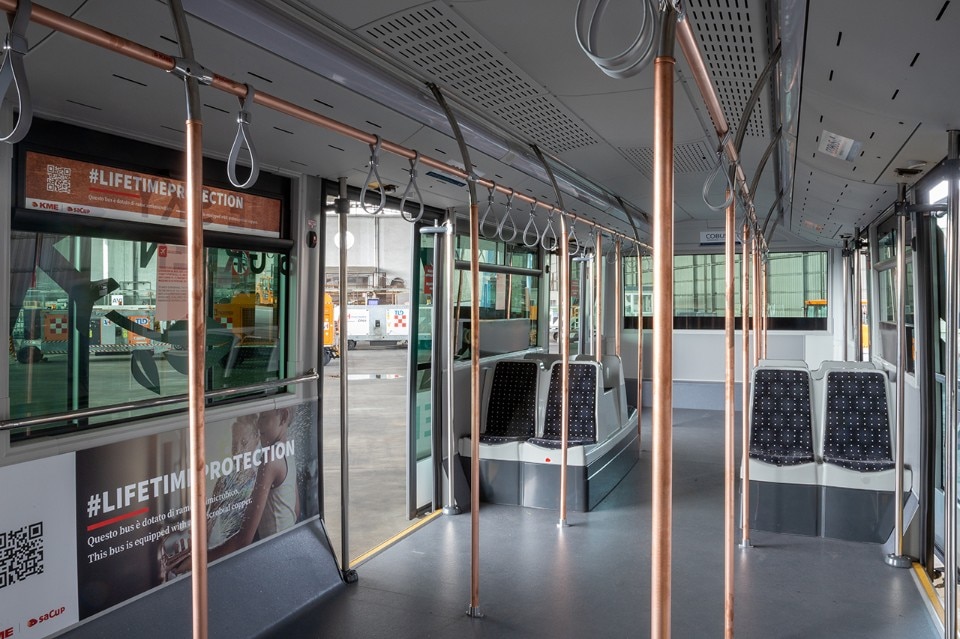
SaCup copper antiviral product line by KME in the new Milan Linate project
Foto Roberto Conte
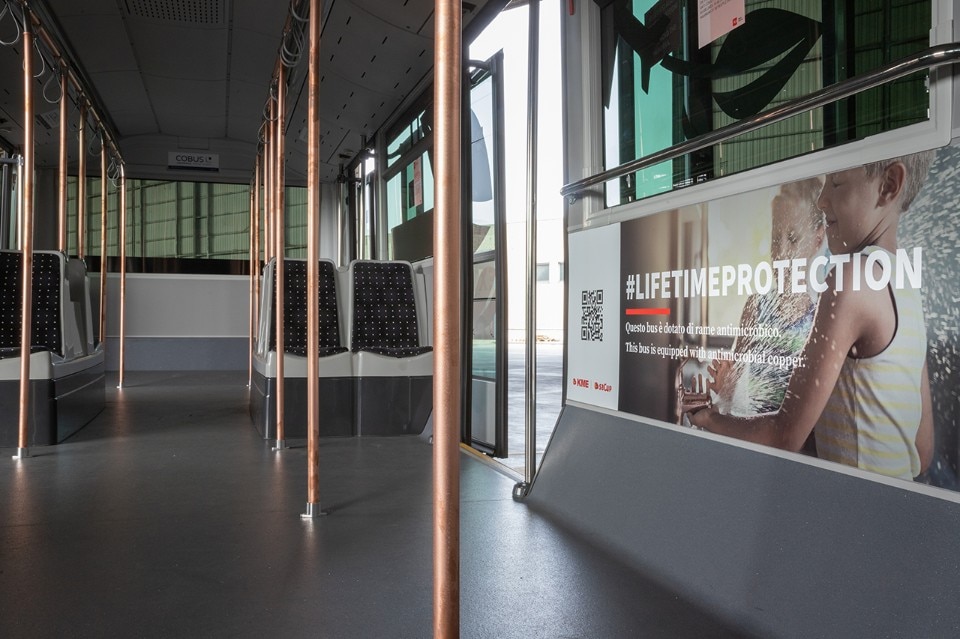
SaCup copper antiviral product line by KME in the new Milan Linate project
Foto Roberto Conte
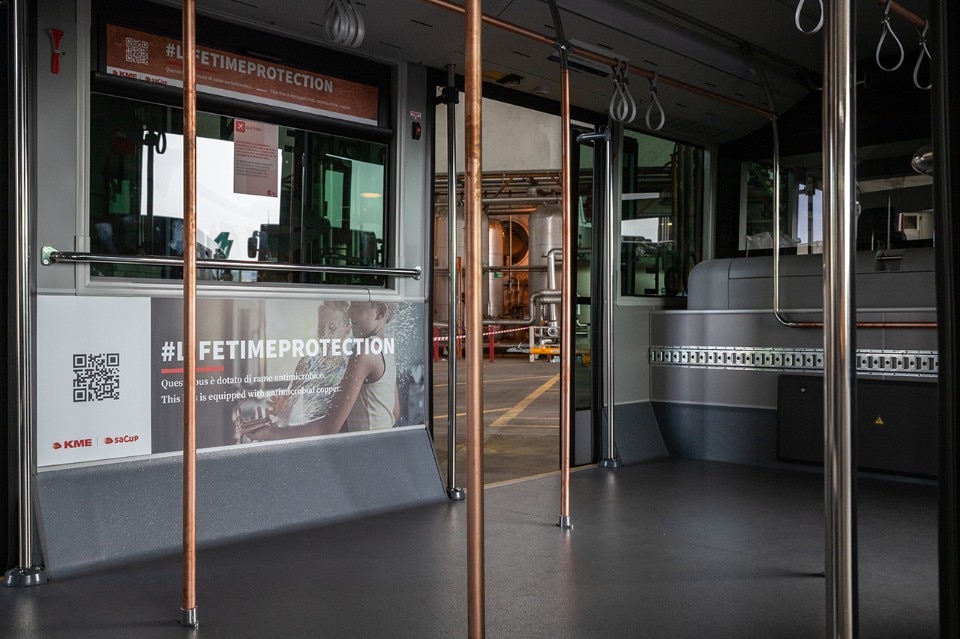
SaCup copper antiviral product line by KME in the new Milan Linate project
Foto Roberto Conte
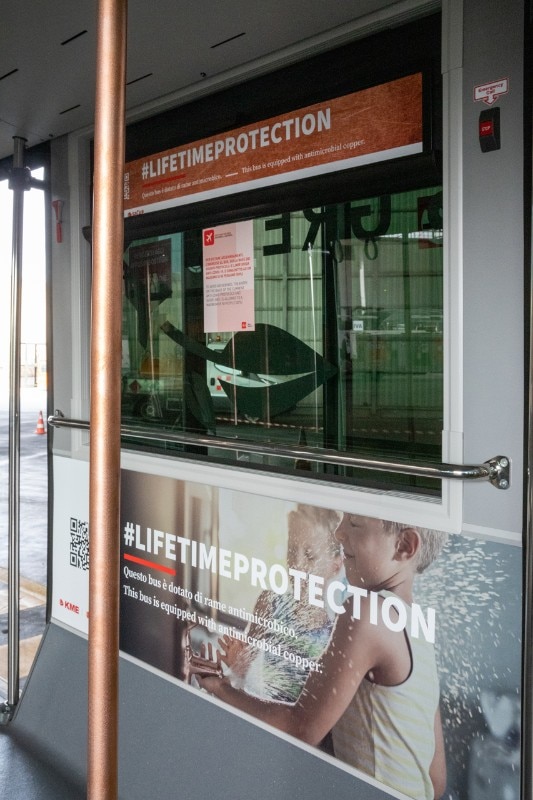
SaCup copper antiviral product line by KME in the new Milan Linate project
Foto Roberto Conte
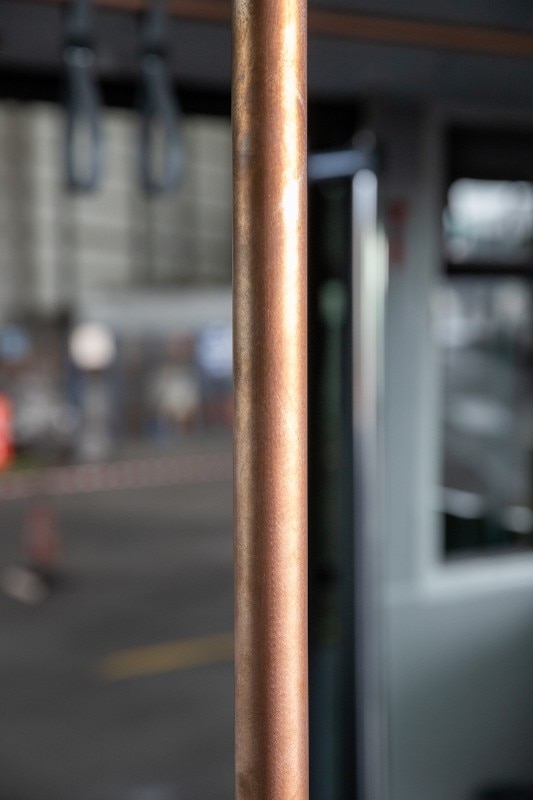
SaCup copper antiviral product line by KME in the new Milan Linate project
Foto Roberto Conte
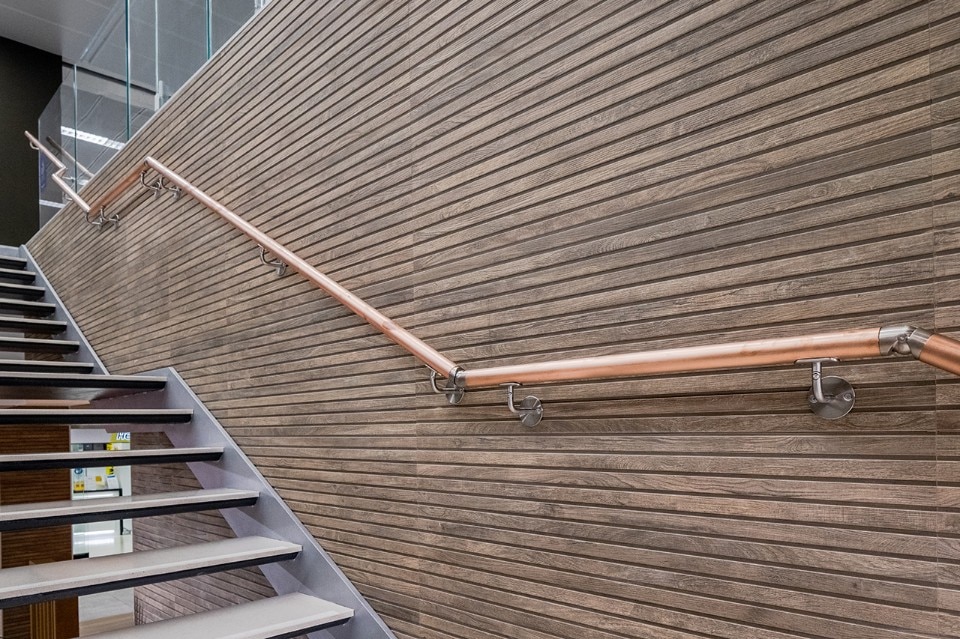
SaCup copper antiviral product line by KME in the new Milan Linate project
Foto Roberto Conte
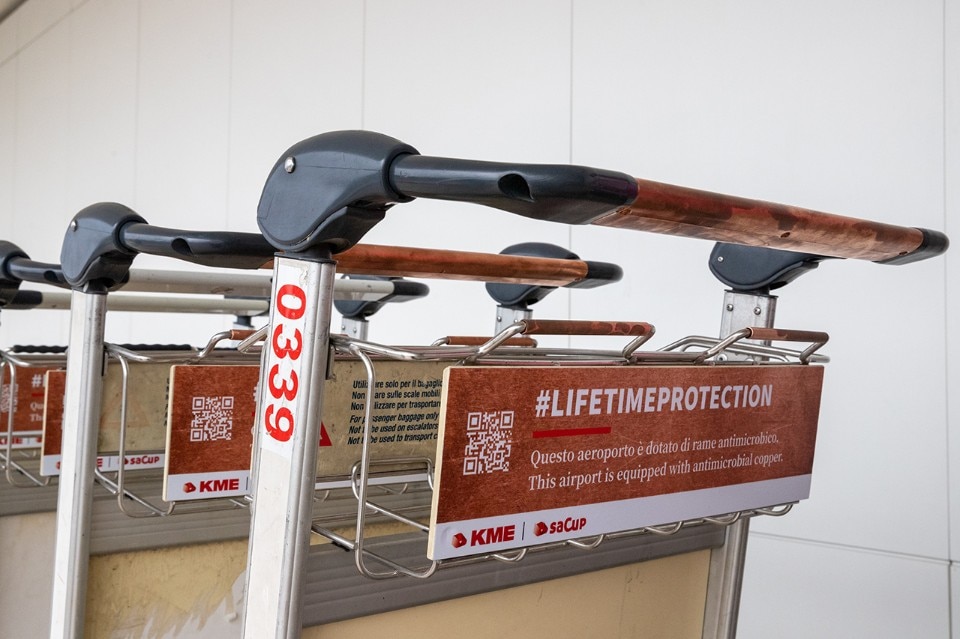
SaCup copper antiviral product line by KME in the new Milan Linate project
Foto Roberto Conte
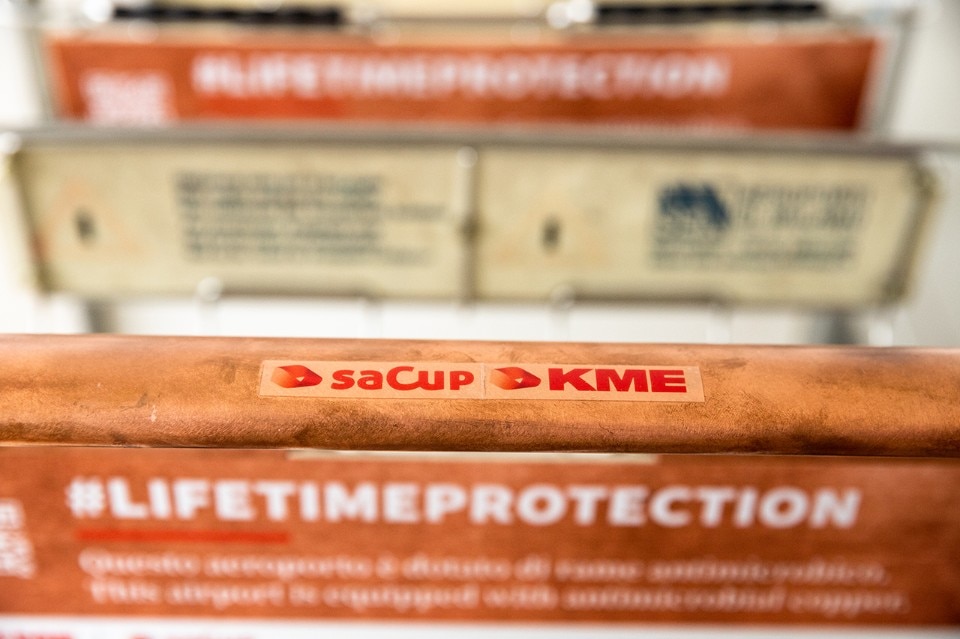
SaCup copper antiviral product line by KME in the new Milan Linate project
Foto Roberto Conte
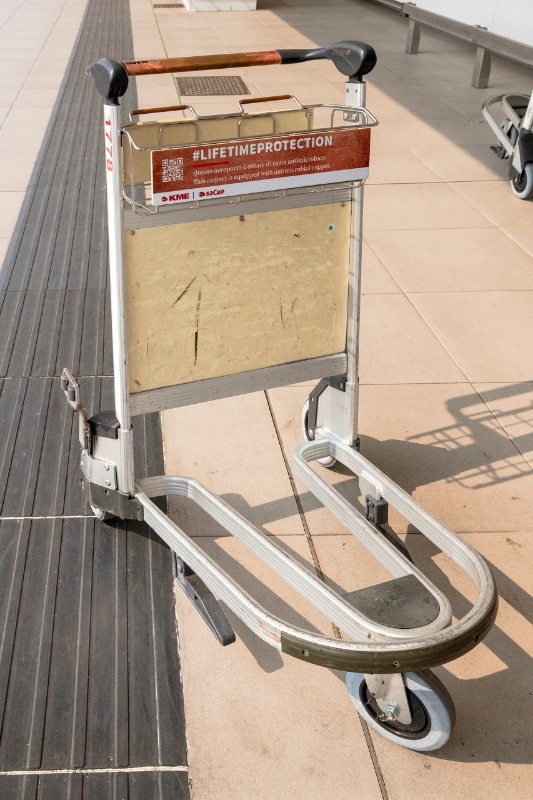
SaCup copper antiviral product line by KME in the new Milan Linate project
Foto Roberto Conte

SaCup copper antiviral product line by KME in the new Milan Linate project
Foto Roberto Conte

SaCup copper antiviral product line by KME in the new Milan Linate project
Foto Roberto Conte

SaCup copper antiviral product line by KME in the new Milan Linate project
Foto Roberto Conte

SaCup copper antiviral product line by KME in the new Milan Linate project
Foto Roberto Conte

SaCup copper antiviral product line by KME in the new Milan Linate project
Foto Roberto Conte

SaCup copper antiviral product line by KME in the new Milan Linate project
Foto Roberto Conte

SaCup copper antiviral product line by KME in the new Milan Linate project
Foto Roberto Conte

SaCup copper antiviral product line by KME in the new Milan Linate project
Foto Roberto Conte

SaCup copper antiviral product line by KME in the new Milan Linate project
Foto Roberto Conte

SaCup copper antiviral product line by KME in the new Milan Linate project
Foto Roberto Conte

SaCup copper antiviral product line by KME in the new Milan Linate project
Foto Roberto Conte

SaCup copper antiviral product line by KME in the new Milan Linate project
Foto Roberto Conte

SaCup copper antiviral product line by KME in the new Milan Linate project
Foto Roberto Conte

SaCup copper antiviral product line by KME in the new Milan Linate project
Foto Roberto Conte

SaCup copper antiviral product line by KME in the new Milan Linate project
Foto Roberto Conte

SaCup copper antiviral product line by KME in the new Milan Linate project
Foto Roberto Conte

SaCup copper antiviral product line by KME in the new Milan Linate project
Foto Roberto Conte

SaCup copper antiviral product line by KME in the new Milan Linate project
Foto Roberto Conte

SaCup copper antiviral product line by KME in the new Milan Linate project
Foto Roberto Conte

SaCup copper antiviral product line by KME in the new Milan Linate project
Foto Roberto Conte

SaCup copper antiviral product line by KME in the new Milan Linate project
Foto Roberto Conte
The antimicrobial properties of a material are an increasingly important factor in recent years. Copper superfines can eliminate viruses and bacteria in a very short time, reducing the risks of spreading and transmitting infections. A study by the Institute of Virology at the University of Pisa recently showed that copper can reduce the SARS-CoV2 viral load by 90% within 10 minutes and neutralise the virus 100% within one hour.
Another fundamental quality is recyclability: various analyses agree that 80% of the copper mined since antiquity is still used in various forms. The material retains all its original properties no matter how many times it is used and recycled. In Europe we can find two million tonnes of copper from production waste or end-of-life products.
"Lifetime protection. Copper Design Recommendations", is part of the activities developed by the Copper Action Hub, the independent board of international experts whose aim is to study and implement the most efficient application and use of copper. It is part of the campaign 'Lifetime Protection. Copper: a thousand years of history for a sustainable future', implemented with the support of KME, one of the world's leading manufacturers of copper and copper alloy materials.
The Hub is coordinated by Dott. Roberto Bertollini, member of the Scientific Committee on Health, Environment and Emerging Risks of the European Commission, and is composed of internationally renowned personalities: Carlo Ratti, Architect, Director of the Senseable City Laboratory at MIT and of CRA-Carlo Ratti Associati; Piersandro Pallavicini, Professor of Inorganic Chemistry, University of Pavia; Vincenzo Loconsolo, Metallurgical Engineer, Technical Commission 'non-ferrous metals' of UNI; Maria Antonietta Esposito, Professor of Architectural Technology at the University of Florence; Paolo Stocco, Director of Federsanità ANCI Veneto, expert in the management of social welfare and healthcare facilities; Christine Roques, Professor of Microbiology, President of the International Technical Committee on Antimicrobial Surfaces.
- Document:
- Lifetime protection. Copper Design Recommendations
- Author:
- Copper Action Hub
- Link:
- thecopperhub.com/applicazioni/


